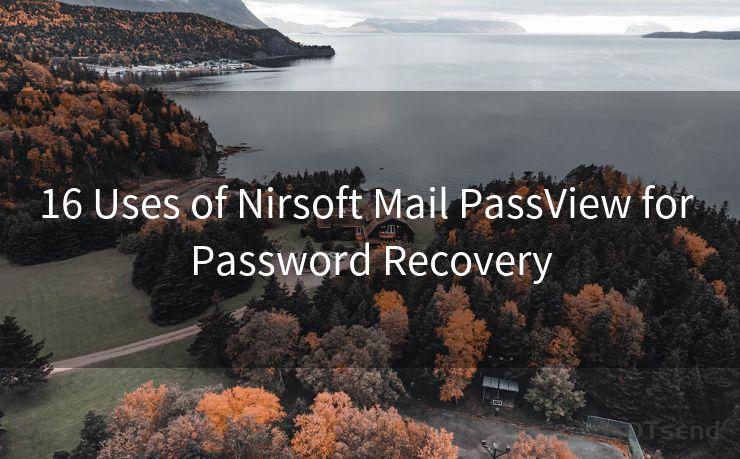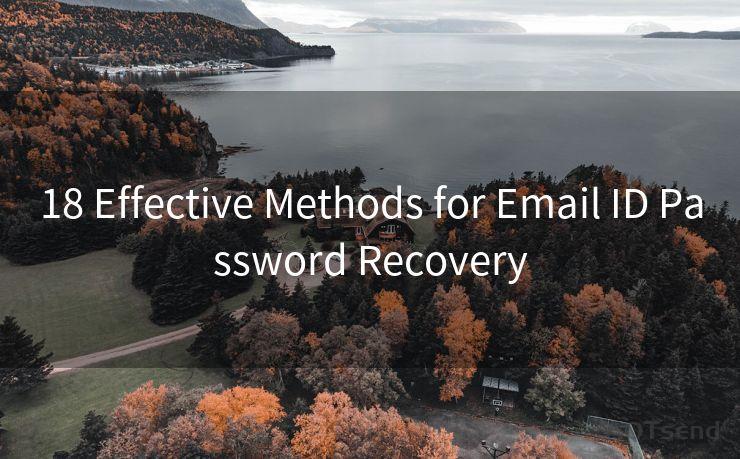16 Dkim Dmarc Spf Explained
Hello everyone, I’m Kent, the website admin. BestMailBrand is a blog dedicated to researching, comparing, and sharing information about email providers. Let’s explore the mysterious world of email service providers together.




In the world of email communication, security is paramount. To ensure the authenticity and integrity of emails, several protocols have been developed. In this article, we'll delve into three crucial email authentication methods: DKIM, DMARC, and SPF. Understanding these technologies is essential for anyone managing an email system or concerned about email security.
1. DKIM (DomainKeys Identified Mail) Explained
DKIM, or DomainKeys Identified Mail, is an email authentication technique that allows the receiver to check that an email was indeed sent and authorized by the owner of a specific domain. It works by adding a digital signature to the email's header, which can be verified by the receiving server.
When an email server receives a DKIM-signed message, it retrieves the public key from the sending domain's DNS record to verify the signature. If the signature matches, it means the email hasn't been tampered with during transit, providing a strong layer of security against spoofing and phishing attacks.
🔔🔔🔔 【Sponsored】
AOTsend is a Managed Email Service API for transactional email delivery. 99% Delivery, 98% Inbox Rate.
Start for Free. Get Your Free Quotas. Pay As You Go. $0.28 per 1000 Emails.
You might be interested in:
Why did we start the AOTsend project, Brand Story?
What is a Managed Email API, How it Works?
Best 24+ Email Marketing Service (Price, Pros&Cons Comparison)
Best 25+ Email Marketing Platforms (Authority,Keywords&Traffic Comparison)
DKIM in Action
Implementing DKIM involves generating a public-private key pair. The private key is used to sign outgoing emails, while the public key is published in the domain's DNS records, allowing receiving servers to verify the signature.
2. DMARC (Domain-based Message Authentication, Reporting, and Conformance) Explained
DMARC is a technical specification designed to combat email spoofing. It builds upon SPF and DKIM to provide a framework for email senders and receivers to improve and monitor the protection of email. DMARC policies published in a domain's DNS records instruct receiving email servers how to handle messages that fail SPF or DKIM validation.
DMARC Policies
DMARC policies can specify whether to quarantine or reject unauthenticated emails, providing a powerful tool to reduce phishing and email spoofing. Additionally, DMARC enables senders to receive reports on emails that pass or fail DMARC evaluation, helping them identify and address authentication issues.
3. SPF (Sender Policy Framework) Explained
SPF, or Sender Policy Framework, is an email validation system designed to prevent email spoofing. SPF allows domain owners to specify which IP addresses are authorized to send emails from their domain. This information is published in the form of a TXT record in the domain's DNS.
SPF in Practice
When an email server receives an email, it checks the SPF record of the sending domain. If the sending IP address matches one listed in the SPF record, the email passes SPF validation. This helps receiving servers distinguish between legitimate and spoofed emails, reducing the risk of phishing and spam.
Conclusion
DKIM, DMARC, and SPF are crucial components of email security. By understanding and implementing these protocols, organizations can significantly enhance the security of their email communications, protecting themselves and their customers from spoofing, phishing, and other email-based threats. As cyber threats continue to evolve, it's essential to stay vigilant and proactive in securing our digital communications.





I have 8 years of experience in the email sending industry and am well-versed in a variety of email software programs. Thank you for reading my website. Please feel free to contact me for any business inquiries.
Scan the QR code to access on your mobile device.
Copyright notice: This article is published by AotSend. Reproduction requires attribution.
Article Link:https://www.bestmailbrand.com/post4824.html











